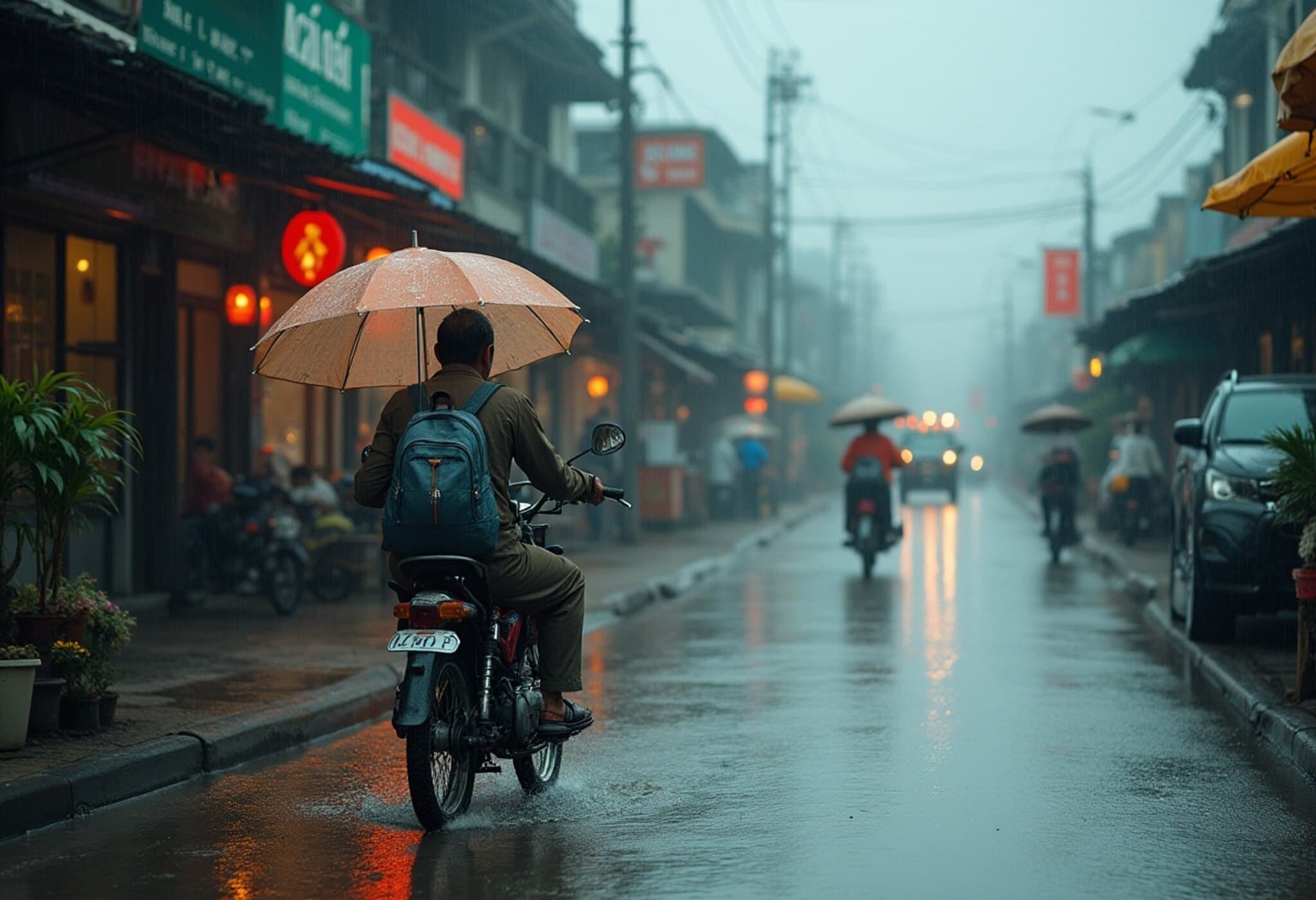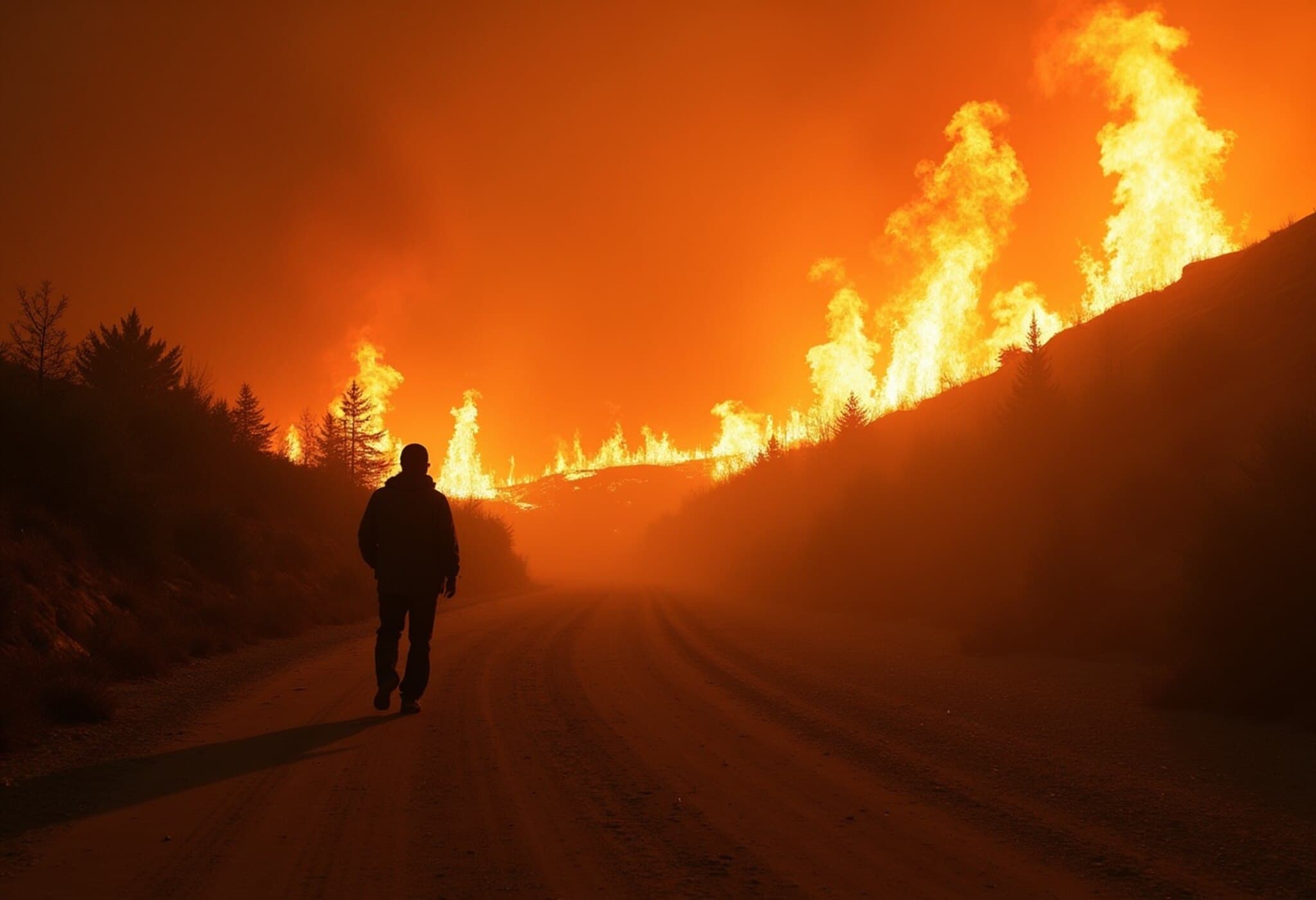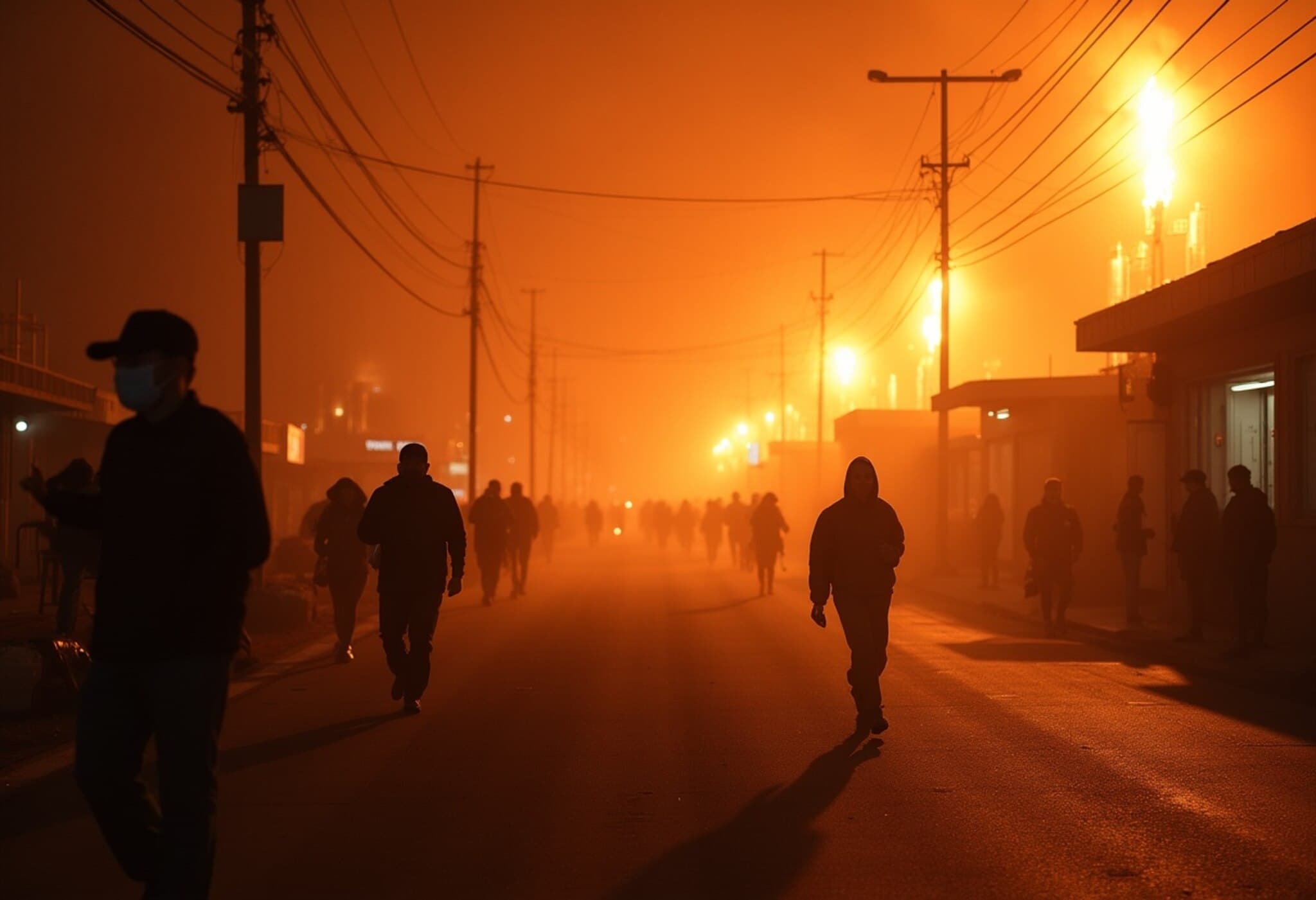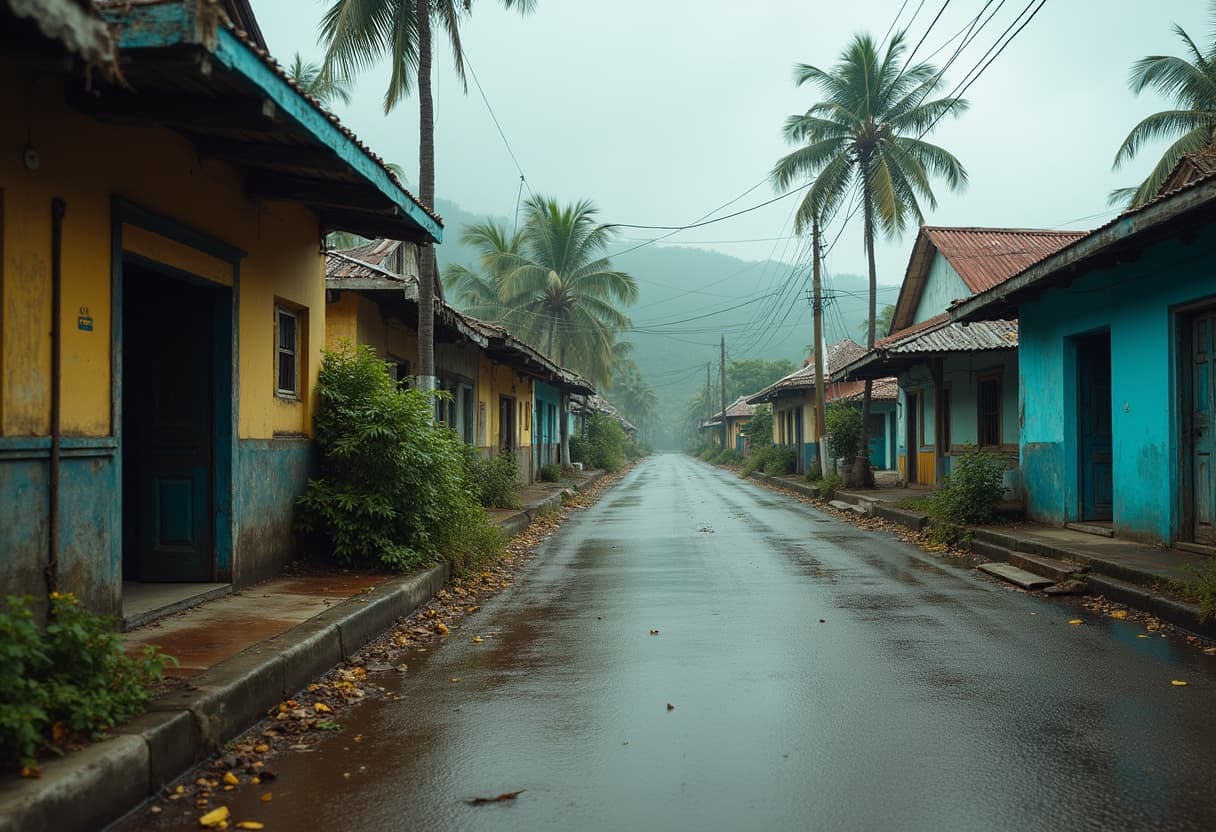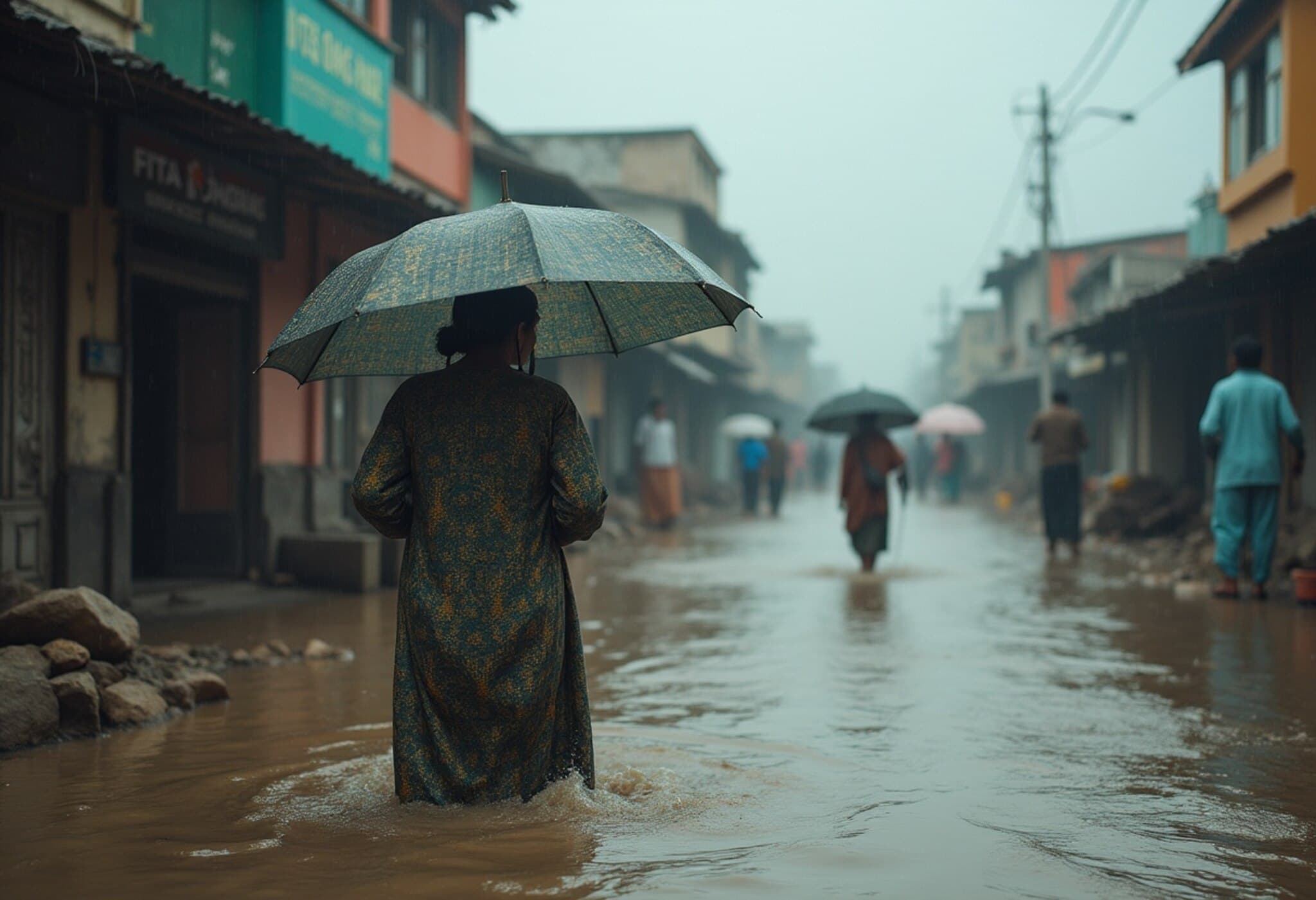Storm Wipha Makes Landfall in Northern Vietnam
On Tuesday morning, Tropical Storm Wipha struck northern Vietnam with powerful winds and heavy rainfall, stirring concerns over flooding and damage to local infrastructure. Official reports confirmed that the storm hit land at around 10 a.m., carrying sustained winds between 64-102 km/h (40-63 mph) and gusts reaching up to 138 km/h (86 mph). Moving southwestwards after landfall, Wipha brought disruption to multiple regions in northern and central Vietnam.
Damage Risk Mounts for Aquaculture and Fishery Sectors
Vietnam’s extensive aquaculture industries face significant threats as state media warn that nearly 150,000 hectares (370,000 acres) of aquaculture farms and over 20,000 floating fish cages lie in the storm’s path. The combination of heavy rains and strong winds raises the risk of widespread flooding and structural damage, potentially impacting the livelihoods of thousands reliant on fisheries, a vital part of the country’s economy.
Impact on Urban Life and Transportation
The capital city, Hanoi, experienced near-deserted streets as residents took precautions. With many businesses closed and government advisories urging people to stay home or evacuate vulnerable buildings, the city braced for the storm’s force. Power outages occurred in areas like Hung Yen Province east of Hanoi, leading citizens to flock to fuel stations, stocking up for generator use.
Hanoi taxi driver Minh Doan encapsulated local sentiment: "If the storm is serious, people shouldn't go out anyway because it would be dangerous on the road and there is also a chance of flooding." This caution led to cancellations of flights at key northern airports, including Hai Phong and Quang Ninh, halting air transport amid chaotic weather conditions.
Government Response and Public Safety Measures
Amid fears of flooding, government authorities in Hanoi and ten surrounding provinces shut down schools and most offices on Tuesday. Emergency evacuations were underway in many flood-prone villages, where water levels ranged from knee to waist height. The coast guard mobilized buses and boats, assisting stranded commuters and distributing aid—a testament to Vietnam’s active disaster preparedness in the face of escalating climate risks.
Tragically, at least three fatalities have been reported since the storm’s onset, highlighting the urgent need for ongoing vigilance as monsoon rains and tropical storms continue to batter the region.
Climate Change Amplifies Storm Intensity
Experts link the increasing ferocity of storms like Wipha to climate change. Benjamin P. Horton, dean of the School of Energy and Environment at City University of Hong Kong, stressed that "warmer ocean temperatures caused by global warming provide the fuel that intensifies tropical storms, making them stronger and wetter." This results not only in more powerful winds but also altered rainfall patterns that exacerbate flooding and land instability across East Asia.
Vietnam and its neighbors, including the Philippines—where over 80,000 people remain displaced by recent floods and landslides—are frontline witnesses to this changing climate reality. The enhanced storm activity calls for robust regional cooperation and further investment in resilient infrastructure and disaster response frameworks.
Looking Ahead: Lessons and Responses
- Strengthening community-level early warning systems and evacuation plans remains critical.
- Investment in storm-resistant aquaculture technologies can help protect vulnerable fisheries.
- Regional cooperation on climate adaptation strategies is essential in the broader Mekong and Southeast Asia zones.
- Increased international support and climate financing would aid developing nations heavily impacted by storms intensified by global warming.
Editor’s Note
Storm Wipha’s impact extends beyond immediate damage, representing a deeper warning about the growing influence of climate change on weather extremes in Southeast Asia. As Vietnam navigates the cleanup and recovery, a pressing question remains: how can governments, communities, and international partners bolster resilience against such intensifying natural disasters? The stakes are high—not just for Vietnam's dense coastal populations, but for the entire region’s future in an increasingly volatile climate.

